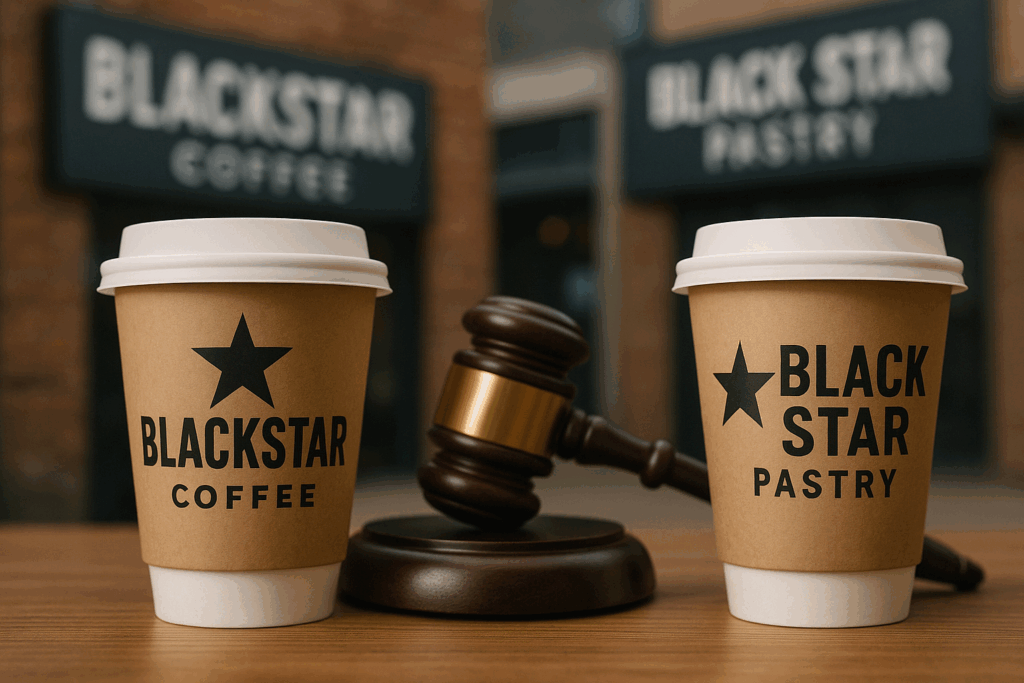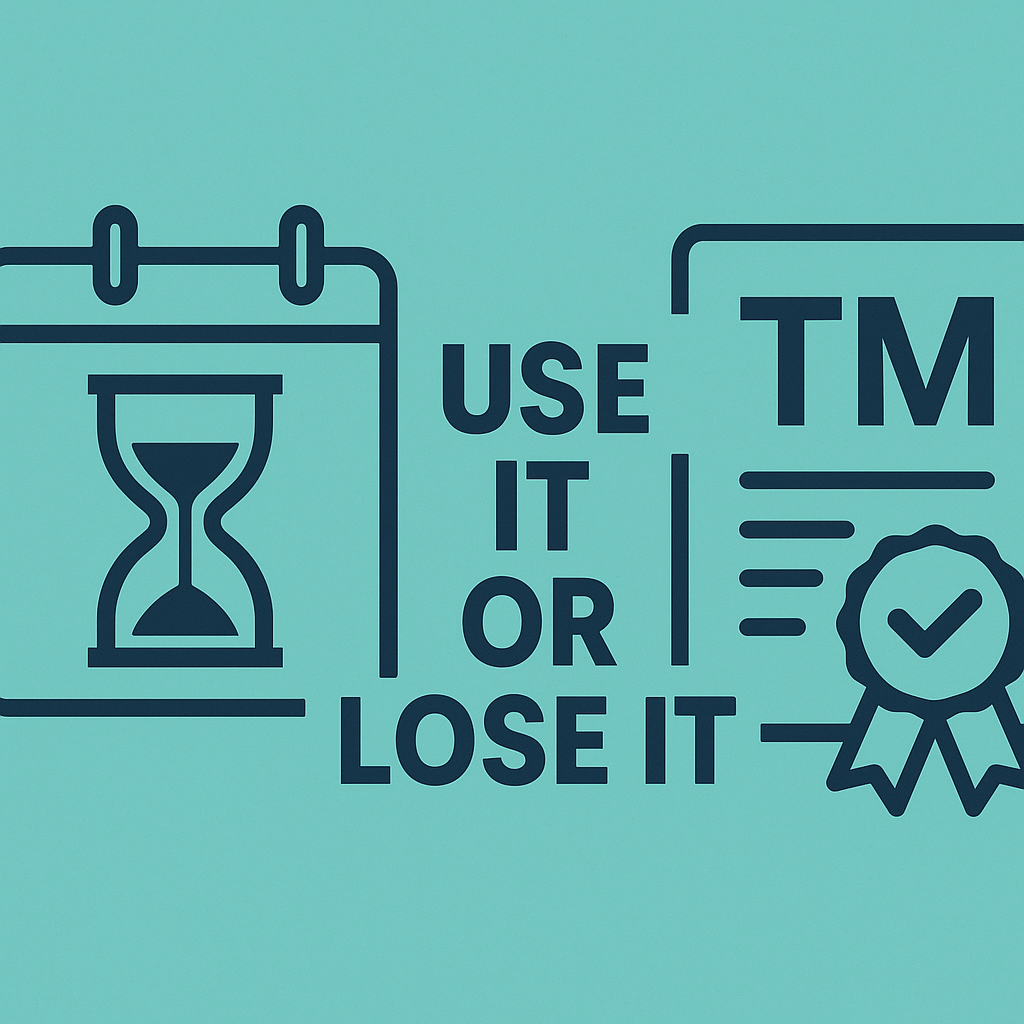Brand Control, Part 9: “From Garage to Global” — Building an International Brand Protection Strategy
 Your brand might be born in a garage, a studio, or a co-working hub — but if your business has international ambitions, your trade mark strategy needs to grow up fast.
Your brand might be born in a garage, a studio, or a co-working hub — but if your business has international ambitions, your trade mark strategy needs to grow up fast.
Exporting? Licensing? Franchising? Operating online with overseas customers? You’ll need more than an Australian trade mark certificate. You’ll need an international brand protection plan.
🌍 Start Local, Think Global
The journey starts at home. To secure international protection, you’ll almost always need to file in your “home” country first. For Australian businesses, that usually means filing with IP Australia before looking abroad.
From there, you have options:
1. The Madrid Protocol
This is the global trade mark filing system administered by WIPO. It lets you extend protection to 130+ member countries through a single application, based on your Australian filing. It’s cost-effective, streamlined, and a good first step into international protection.
2. National Filings
Some jurisdictions don’t play well with the Madrid system. Others may be technically covered by Madrid but are better handled directly due to practical issues or local procedural hurdles. In those cases, it’s worth filing directly through local counsel.
📆 Timing Is Critical
Trade mark rights are territorial — and in some jurisdictions, the “first to file” gets the prize, regardless of who used it first.
Fortunately, the international system gives you a 6-month priority period from the date of your first (Australian) application. If you file overseas within that time, your foreign applications are treated as having the same filing date as your original Australian one.
Miss the window? You risk losing rights to local trade mark squatters — especially in high-risk jurisdictions like China or parts of South America.
✋ Local Sensitivities and Brand Bloopers
Global trade mark strategy isn’t just about paperwork. It’s also about cultural nuance, language, and local business practices.
Brand names that work in English might fall flat — or worse — elsewhere.
The Mitsubishi Pajero famously ran into trouble in Spanish-speaking markets because “pajero” has an unfortunate slang meaning. Even benign names can run into problems if they’re hard to pronounce, culturally insensitive, or already associated with local businesses.
And in China, don’t delay. It’s a strict “first to file” jurisdiction, and trade mark squatting is endemic. If your brand has potential in China, file early — even if you’re not trading there yet.
✅ Practical Tips for Expanding Globally
-
File early: Don’t wait until you enter a market. File when you’re even considering it.
-
Use the Madrid Protocol — but wisely: It’s efficient, but not always the best fit for every country.
-
Check for conflicts: Do clearance searches in each target market to avoid headaches later.
-
Localise carefully: Think about transliteration, local language versions, and regional variants of your mark.
-
Work with local counsel: Especially in high-risk or high-value jurisdictions.
💡 IP Mojo Tip:
Your brand can travel — but it needs a passport.
Registering internationally isn’t just a legal formality. It’s your defence against copycats, squatters, and lost market opportunities.
A global brand strategy doesn’t mean filing everywhere. It means filing smart — in the markets that matter to your business, at the right time, in the right way.
 Richards v Black Star Pastry Pty Ltd (No 2) [2025] FedCFamC2G 1226 is a cautionary tale in brand coexistence gone wrong — where parallel growth by two businesses using similar names eventually led to a Federal Circuit and Family Court stoush over coffee, cakes and trade mark rights.
Richards v Black Star Pastry Pty Ltd (No 2) [2025] FedCFamC2G 1226 is a cautionary tale in brand coexistence gone wrong — where parallel growth by two businesses using similar names eventually led to a Federal Circuit and Family Court stoush over coffee, cakes and trade mark rights. Registering a trade mark isn’t the end of your brand protection journey — it’s the start of your enforcement strategy.
Registering a trade mark isn’t the end of your brand protection journey — it’s the start of your enforcement strategy. Imagine this: you take a screenshot of your favourite SaaS dashboard, upload it to a no-code AI tool, and minutes later you have a functioning version of the same interface — layout, buttons, styling, maybe even a working backend prototype. Magic? Almost.
Imagine this: you take a screenshot of your favourite SaaS dashboard, upload it to a no-code AI tool, and minutes later you have a functioning version of the same interface — layout, buttons, styling, maybe even a working backend prototype. Magic? Almost. When most people think of trade marks, they picture logos or brand names — the usual suspects. But in the eyes of the law, a trade mark is any “sign” capable of distinguishing your goods or services. That opens the door to a broader, bolder set of brand assets.
When most people think of trade marks, they picture logos or brand names — the usual suspects. But in the eyes of the law, a trade mark is any “sign” capable of distinguishing your goods or services. That opens the door to a broader, bolder set of brand assets. Registering a trade mark is a powerful step in protecting your brand — but it’s not a “set and forget” exercise. A trade mark registration gives you exclusive rights, but only as long as you’re actually using the mark. If not, those rights can be challenged — and even removed.
Registering a trade mark is a powerful step in protecting your brand — but it’s not a “set and forget” exercise. A trade mark registration gives you exclusive rights, but only as long as you’re actually using the mark. If not, those rights can be challenged — and even removed.